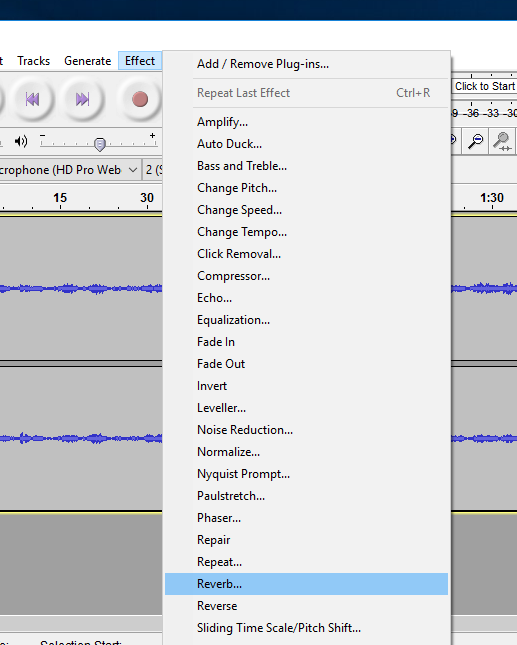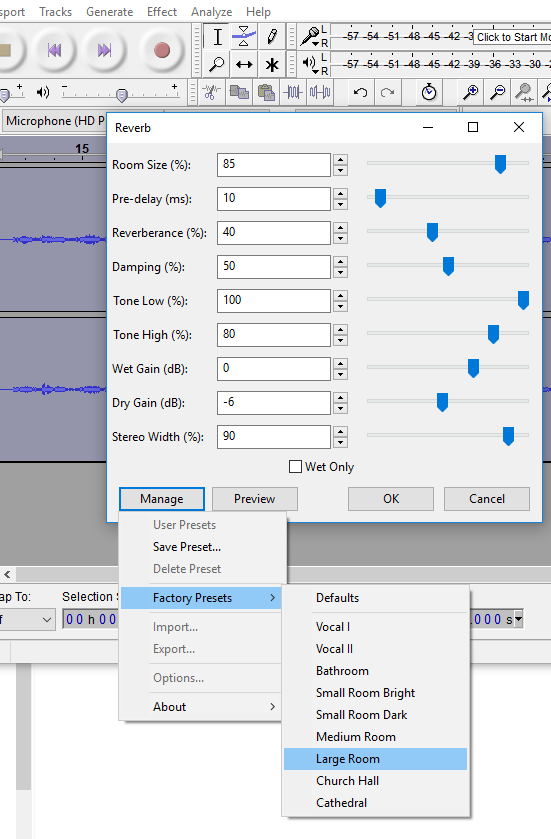POSTS
Making a decent recording with a digital piano without expensive equipment
Introduction
I can play the piano but I’m not a sound engineer. Because of that, I never invested in decent sound recording equipment (microphones and stuff). Because I don’t own decent recording equipment I will never learn how to make a decent recording and become a sound engineer. it’s clear, I love playing piano, but I’m not interested in the technical details of making recordings. Recently, I elaborated a very pragmatic and simple process to make a decent recording with a fairly recent digital piano without the need for technical recording equipment.
what do you need?
- a digital piano of the new generation
- a usb stick
- Audacity: Free, open source sound editor ##setting up the digital piano and making the recording You will need a digital piano which can make a recording to an usb stick directly as a WAVE file (16-bit, 44.1 kHz). Strangly, digital piano companies don’t advertise this feature too much. Nonetheless, it is very useful. Obviously, older models can only export music as a midi file, which is completely useless (at least for the purpose we are describing in this article).
My Roland Hp 508 can export to a wav file. Probably other brands like Yamaha support this feature as well. Read the details in the user manual on how to configure this.
So, try it out and make a recording. ##the initial result Simply copy the .wav file to you computer. Obviously, any computer can play .wav files out of the box. Here is a sample I recorded with my Roland digital piano:
##adding reverb with audacity Download Audacity and open your .wav file. Go now to the Effect menu and select reverb:

Again, I’m not a sound engineer, so I stick to some presets:
 For me the “large room” preset is the most satisfying.
For me the “large room” preset is the most satisfying.
Here is the same piece played with the FortePiano sound
Conclusion
If you own a fairly recent digital piano, making decent sound recordings can be a piece of cake.